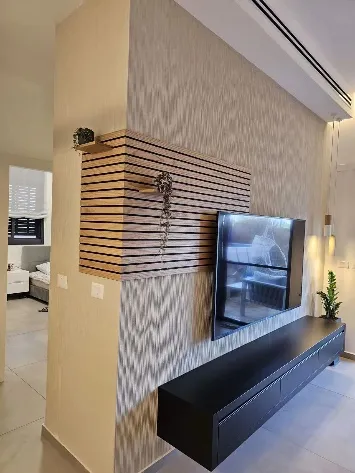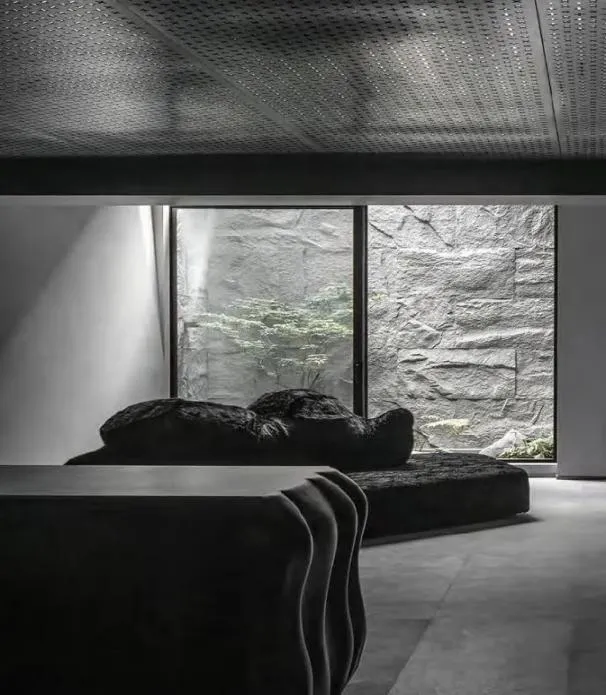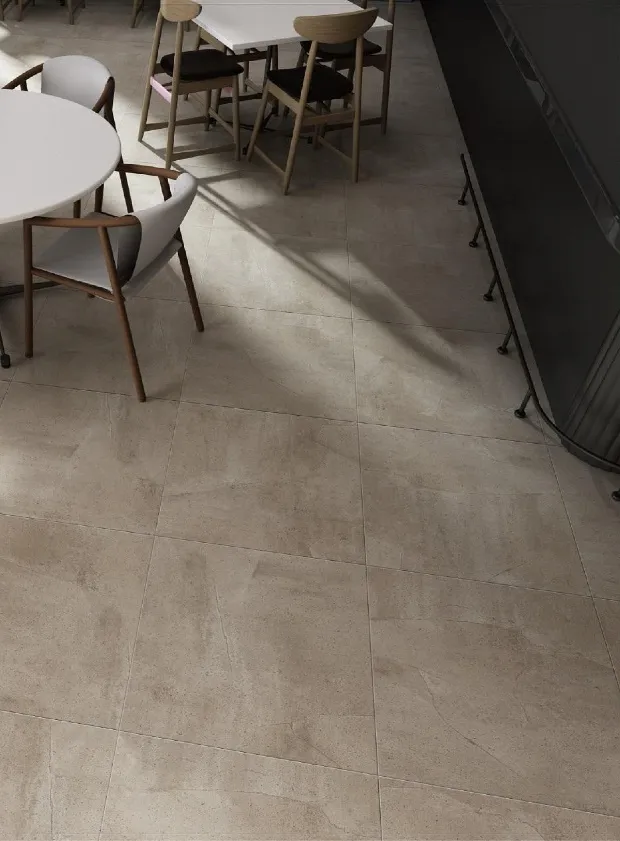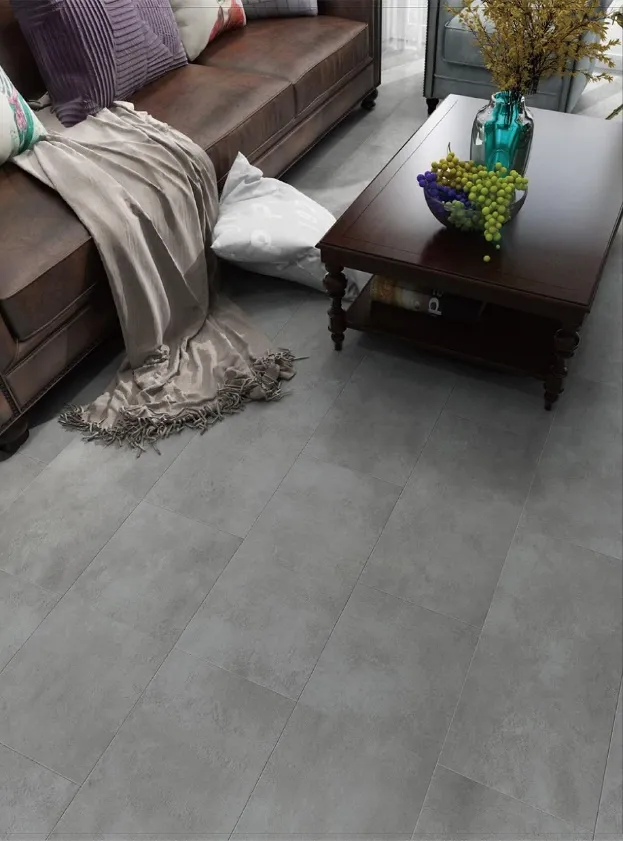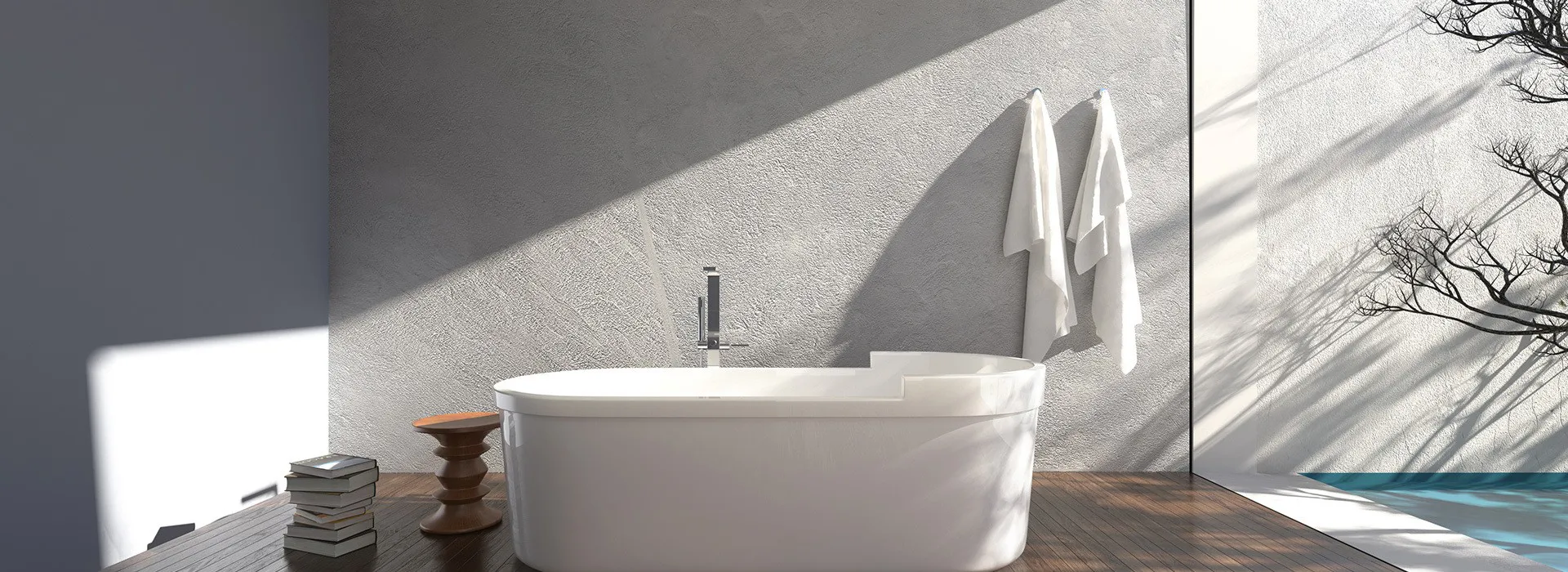
Key indicators of flexural strength and bearing capacity of gypsum ceiling
Understanding the science behind gypsum ceilings—because your ceilings do more than just look pretty
The Unsung Hero Above Your Head
You walk into a beautifully designed room—admire the furniture, the lighting, the wall decor—but how often do you look up? That smooth, elegant surface above you? That's a gypsum ceiling, and it's doing far more heavy lifting than you'd ever imagine.
Most people see ceilings as decorative finishes, but in reality, they're silent guardians protecting us from structural weaknesses, fire hazards, and acoustic nightmares.
Flexural strength isn't just some abstract engineering term; it's what keeps that ceiling gracefully spanning across your living room without sagging. Bearing capacity isn't technical jargon—it's what allows you to install that stunning crystal chandelier without worrying it'll come crashing down during dinner. These properties are the unsung heroes that transform gypsum from powdery rock into architectural armor.
Gypsum 101: More Than Just Wallboard
Before we dive into performance metrics, let's understand what gypsum really is. At its core, gypsum is calcium sulfate dihydrate—a naturally occurring mineral that's been humanity's building companion since ancient Egyptian pyramids.
The Metamorphosis
The magic happens through calcination: Heating raw gypsum to around 150°C drives off water molecules, creating plaster of Paris. When water is reintroduced during manufacturing, it recrystallizes into an interlocking matrix that gives modern gypsum boards their strength.
What Makes Gypsum Exceptional?
Flexural Strength: The Bending Backbone
Picture a bookshelf sagging under heavy encyclopedias—that's flexural failure in action. For ceilings, flexural strength determines how much load they can handle before bending or cracking.
Real-World Mechanics
Gypsum's flexural strength typically ranges between 2.5-6 MPa depending on formulation—that's roughly 360-870 psi. To visualize what that means:
A standard 1/2" thick gypsum board spanning 16" between joists:
Factors Affecting Flexural Strength
Bearing Capacity: The Invisible Support System
While flexural strength handles distributed loads, bearing capacity determines how much point loads your ceiling can support—like that antique ceiling fan or pendant light fixture.
A catastrophic failure isn't usually a sudden collapse—it starts as hairline cracks around fixtures that gradually expand until fasteners pull through the board.
Typical Load Capacities
Bearing capacity depends heavily on installation:
Engineering Solutions
Construction innovations continue redefining these limits:
The Porosity Paradox
Perhaps the most fascinating discovery in gypsum science is how porosity—typically a weakness—becomes an advantage when engineered properly.
Controlled Weaknesses
Microscopic pores form intentional "circuit breakers":
The Goldilocks Zone
Optimal porosity falls between 15-25%—below 15% creates brittle boards that shatter rather than bend; above 25% creates structural honeycombs unable to support loads. Modern manufacturers achieve this balance through:
Beyond Standards: Future-Proofing Ceiling Performance
With climate change escalating extreme weather events, tomorrow's gypsum ceilings face unprecedented demands.
Hurricane Resistance
Negative wind load capabilities are increasingly critical. Leading manufacturers now achieve:
Smart Integration
As buildings get "smarter," gypsum evolves beyond passive barrier to active system:
The ceiling of tomorrow won't just be above us—it will be watching over us.
Practical Wisdom: What Architects Don't Tell You
Spec sheets tell part of the story, but site conditions rewrite performance narratives daily. Here's field-tested knowledge:
Humidity & The Invisible Clock
Gypsum strength develops through recrystallization—a process highly sensitive to ambient humidity:
The Critical First Hours
Installation timing impacts long-term performance:
The difference between textbook specs and onsite performance often comes down to one factor: Patience.
Conclusion: Look Up with Confidence
We've journeyed from the atomic structure of calcium sulfate crystals to construction site realities—seeing how flexural strength and bearing capacity transform powdery rock into ceilings that protect, insulate, and inspire.
The next time you gaze up at that smooth, unassuming ceiling surface, remember the sophisticated science at work:
Whether specifying commercial projects or selecting materials for home renovations, these key indicators aren't just technical metrics—they're your assurance of safety, durability, and enduring beauty. After all, a ceiling isn't just where the paint stops; it's the final structural canvas suspended between spaces—and gypsum continues proving it's masterfully equipped for the job.
Tags:
Recommend Products


